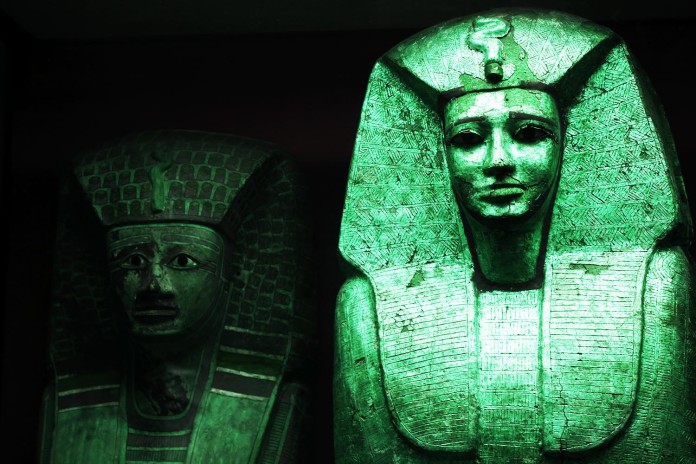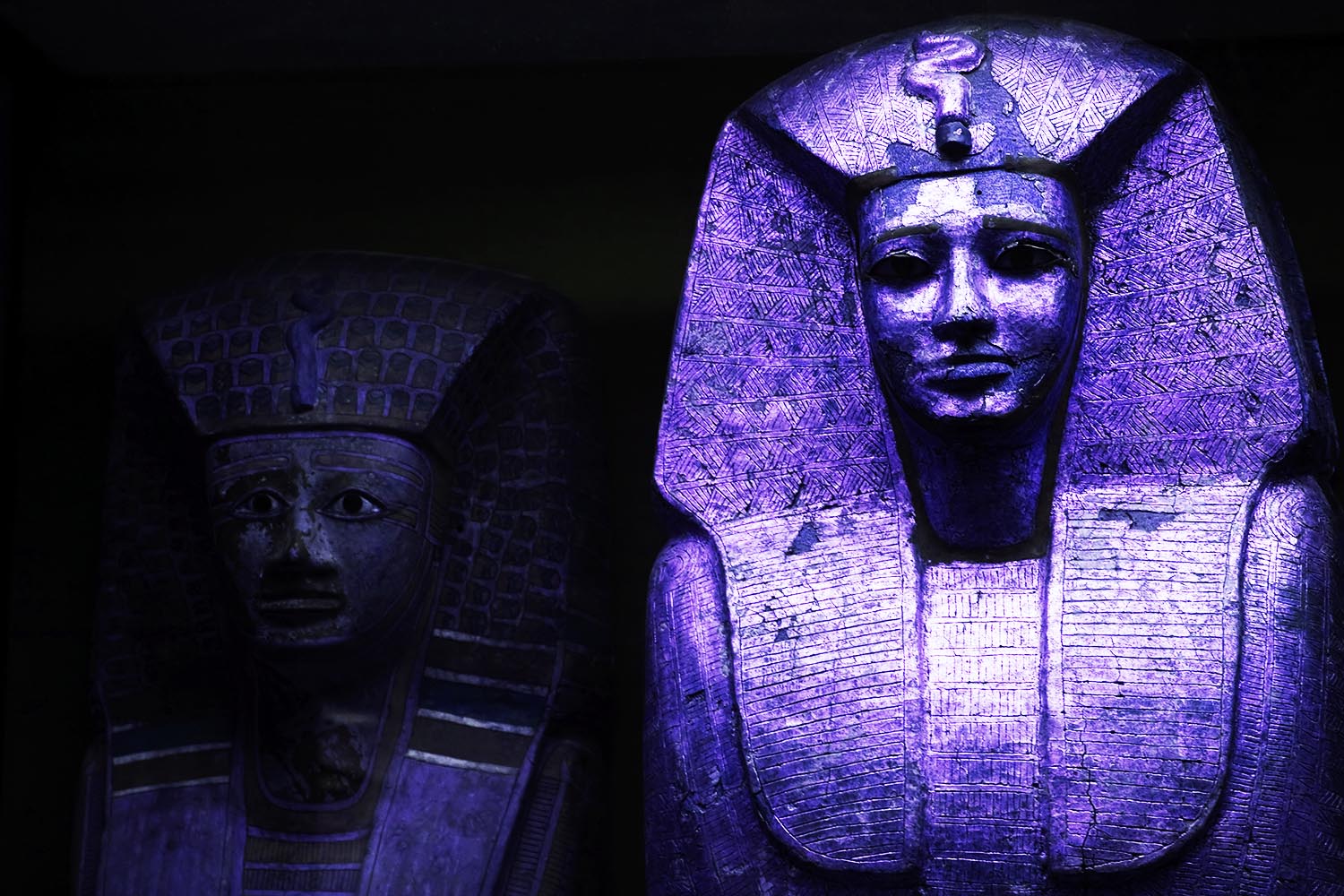
Archaeologists discovered the remains of thousands of mummies in Peru on Thursday. In Peru’s Cotahuasi Valley, researchers discovered a large amount of tombs littered around the hillside of their dig site called Tenahaha. Researchers have dug up 171 mummies so far, with Curator at Toronto’s Royal Ontario Museum Justin Jennings noting in a statement that the number of mummies likely adds up into the thousands.

The ceremonial site is about 1,200 years old. The mummies had shown signs of deterioration from general erosion and rodents, with some parts scattered away from the main body. The dead were curled up, their arms wrapped around their knees, and tied with rope before being coiled in strips of clothing. The mummies have a large range of age as well. Adult mummies were found, but also young babies and even fetuses that were put in jars and buried. The mummies likely lived where they died, in villages surrounding the burial site in Tenahaha.
Interestingly, many remains were deliberately taken from the mummies and moved to other sites. One tomb found over 400 isolated human remains, including hands, feet, and teeth. In some tombs rocks or earth were used to separate and categorize mummies.
Carbon dating has placed the age of the site from 800 A.D. to 1000 A.D., with the Inca rebuilding on the site later on. The excavations give insight into the lives of ancient Peruvians. Other sites, for example, have pottery with images of a violent nature, such as fangs and trophy skulls. Tenahaha has pottery drawings instead of people smiling, suggesting the place was much more peaceful than its neighbors. Ancient Peruvian society is thought to be made up of autonomous villages that may have not interacted or traded culture to a large or consistent degree.
Researchers believe that the sight may have served as a sort of neutral ground for people in the area to perform burial rites in peace. Jennings noted in particular how it is difficult to understand the selective breaking of mummies and moving their body parts to other tombs, but commented that for the ancient cultures of the Andes, death was seen more of as a process.

















